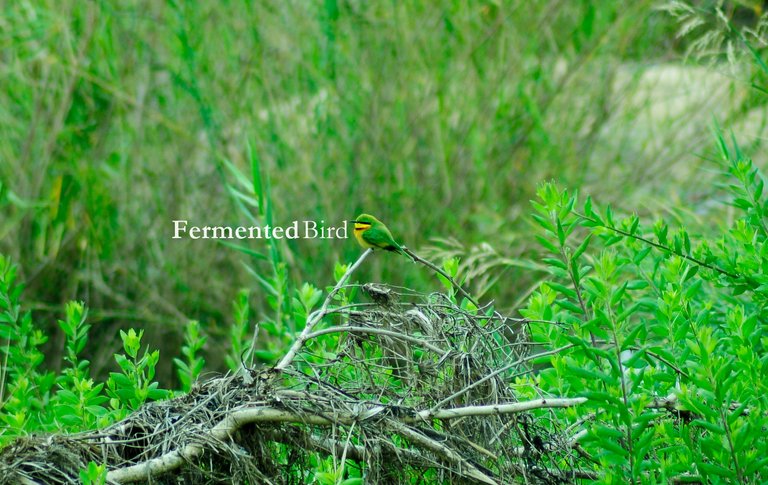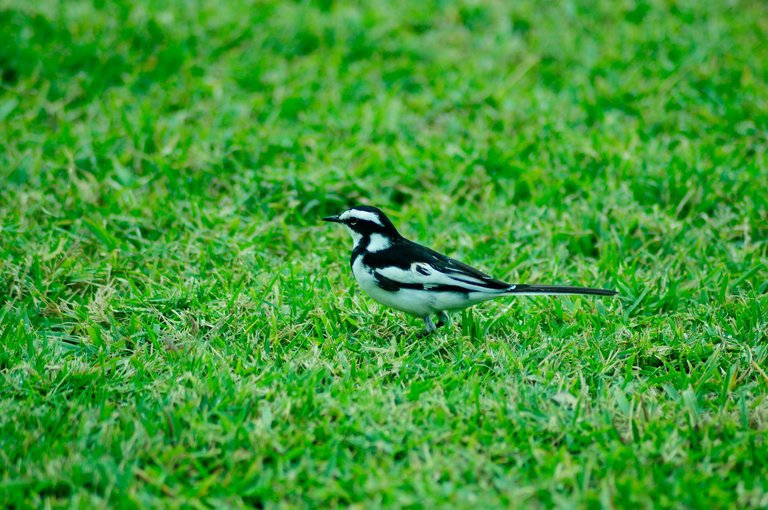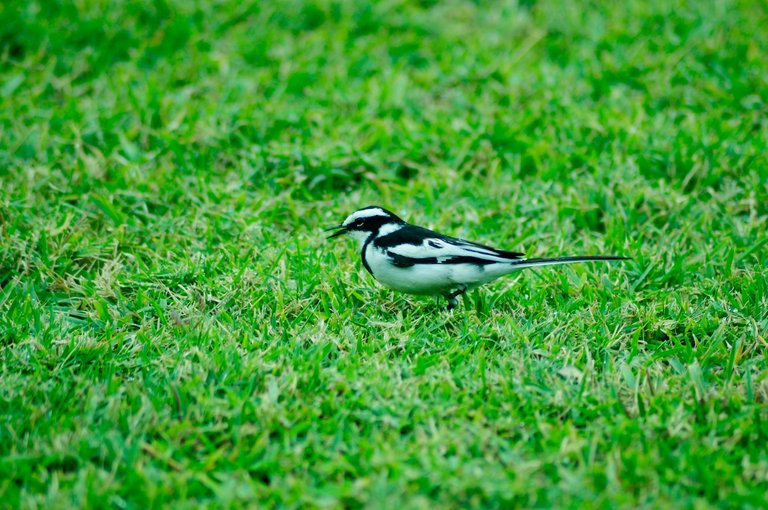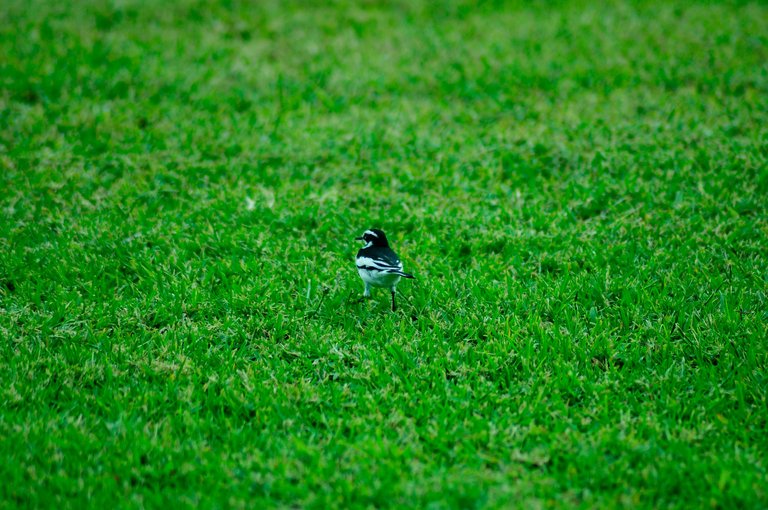While editing the photographs, @urban.scout leaned over and said that the little bee-eater (Merops pusillus) is called Apricot. It looks like a small apricot perched on the stick. So now we call her/him Apricot!
It was mere seconds when Apricot decided to leave us and fly away, in search of some insects in another spot. At this stage, I really envied those with 600mm lenses as the 300mm was just a bit too short. These little bee-eaters make for the best photographs! But I am so glad that we could see little Apricot.
The sad little African pied wagtail (Motacilla aguimp) jumped on its one leg as we walked passed him/her. I always feel so sad when I see bird losing their legs. On the golf course, this is a common sight as the golf balls sometimes hit them. It is really sad. But this little fellow did not seem to be bothered by this fact at all. If you know wagtails, you know about their chirpy and happy personalities.
It is amazing to see the regional differences between these birds. This species is up north in the country, but the one I am used to is the Cape wagtail (motacilla capensis). See the photograph below which I took a couple of years ago:
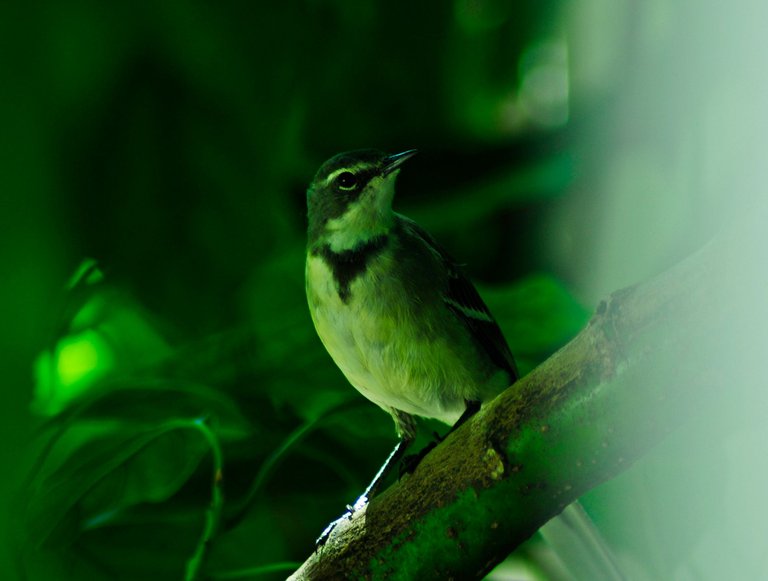
(Source of the image: Previous post I made a couple of years ago.)
The Cape wagtail is completely grey versus the African wagtail which is black and white. We said goodbye to the little wagtail with its broken leg. I wished we could do something about it, but it seemed fine with the situation it was in.
Before leaving for our camp, I spotted two more friends. I think this is the fork-tailed drongo (Dicrurus adsimilis). It sat high up in the leafless tree spotting and looking for its potential next meal. What a wonderful-looking bird though, from this perspective it looks majestic and in control of the whole situation.
And then I saw the southern black flycatcher (Melaenornis pammelaina). It sat also up in a tree looking in control of the whole situation. It also mainly eats insects and bugs, so it is a cool-looking bird. The picture below looks like it is eyeing me and telling me to stay away from its territory. It also looks like a Stephen King bird for some reason. I can imagine it in one of his stories.
In any case, I hope you enjoyed the photographs of some stunning South African birds. We really are blessed with how many species we have so close to each other.
Happy photographing, and keep well.
All of the photographs are my own, taken with my Nikon D300 and Tamron 300mm zoom lens. One of the hyperlinked photographs was used in a previous post; I included it here to show the difference between the birds. The writings and musings are also my own.
